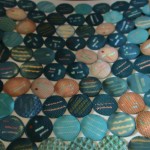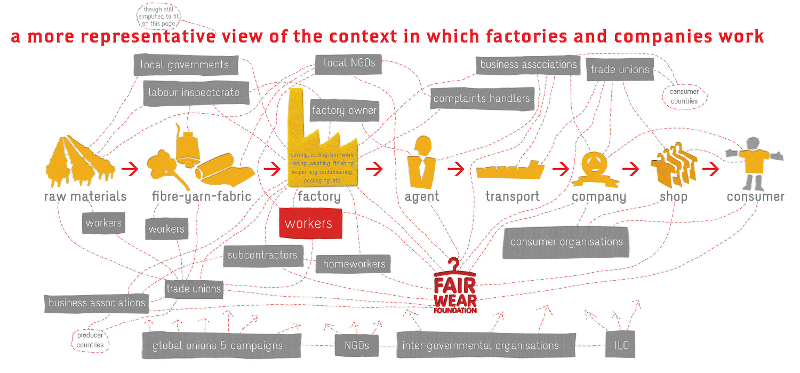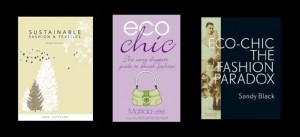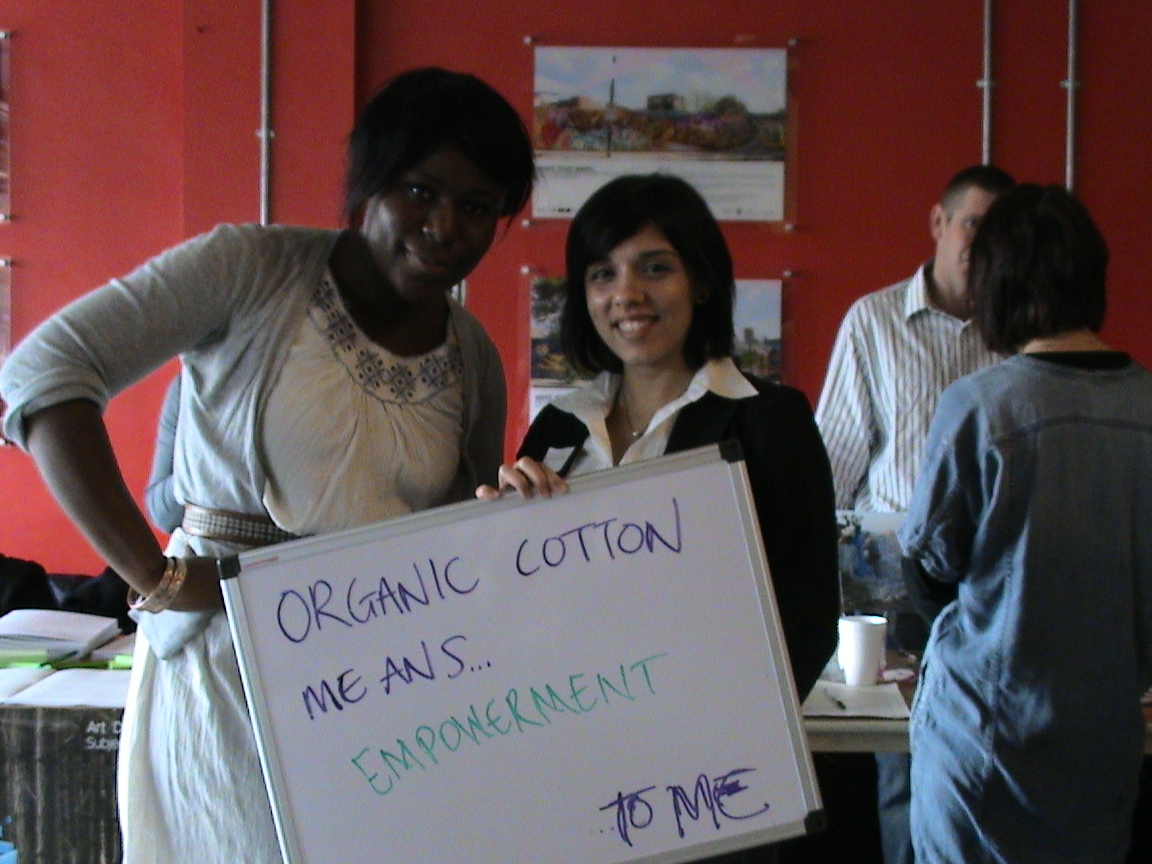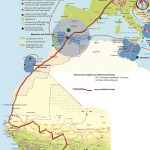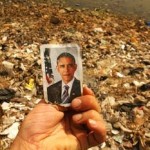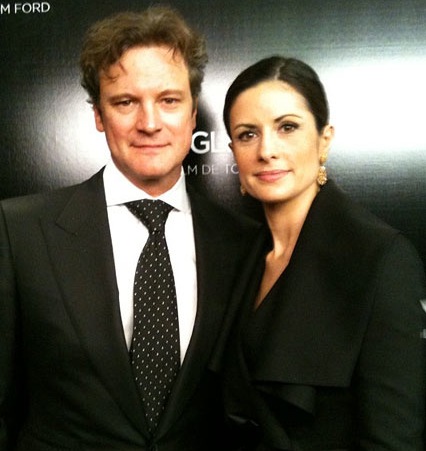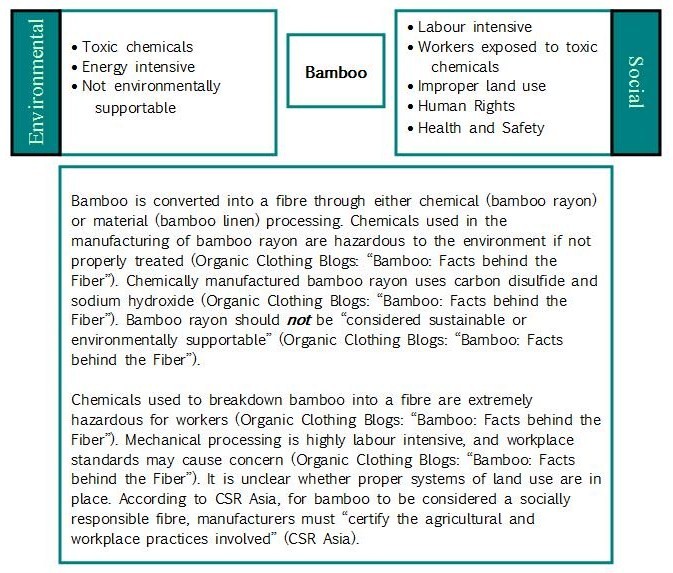Carolina Gomez-Aubert is the Creative Director behind Lunamano : material rescue and re-design.
Presenting both her company and academic research at the FEI conference earlier this month, Carolina passionately described the desperate situation of the women she works with in El Salvador: one woman had been turned away from working at the Maquila for getting pregnant; another was left without income when her husband, away at work in America, suddenly stopped sending money when he found someone else. Lunamano offers these women an opportunity for empowerment and the chance at financial security through socially, culturally, economically and environmentally sensitive, fair labour practices.
Partnering with local suppliers in El Salvador, the resources used to create each design have been taken from reclaimed materials such as discarded foam and the old tubing from air-conditioning units, for example.
I had the pleasure of sitting down with Carolina for a long chat last week and learned so much more about the project. Now living in London, and inspired by both her El Salvadorian culture and the birth or her daughter, Carolina describes her work as the “vessel that keeps her heritage alive in a foreign land”.
To place an order, or to learn more about this exciting project, contact Carolina, here.
